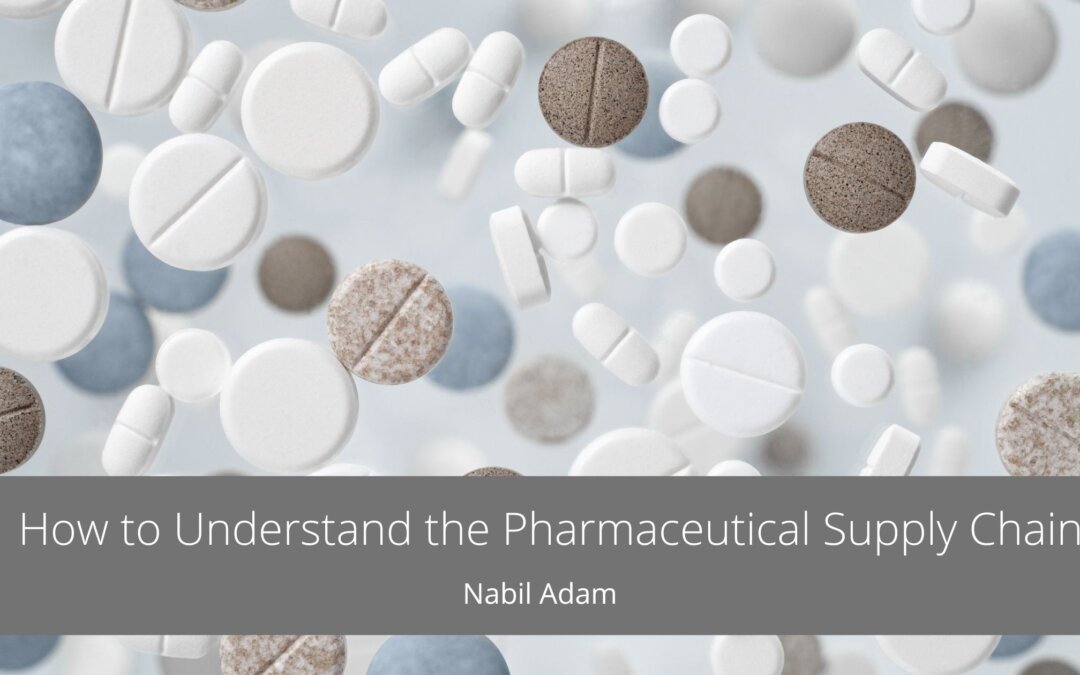Understanding the pharmaceutical supply chain is crucial for ensuring medicines’ safe and efficient delivery to patients. The pharmaceutical supply chain encompasses the entire process, from the manufacturing of drugs to their distribution and final consumption. It involves multiple stakeholders, intricate logistics, and stringent regulations to maintain medication quality, integrity, and availability.
Here are some key aspects to consider when understanding the pharmaceutical supply chain.
Manufacturing:
The pharmaceutical supply chain begins with the manufacturing of drugs. Pharmaceutical companies develop and produce medications in accordance with strict quality standards and regulatory requirements. This involves sourcing raw materials, conducting research and development, and manufacturing the drugs in specialized facilities.
Quality Assurance:
Quality control and assurance are critical in the pharmaceutical industry. Quality control involves testing raw materials, intermediate products, and final drugs to confirm their safety, efficacy, and compliance with regulatory specifications.
Packaging and Labeling:
Once drugs are manufactured, they are packaged and labeled for distribution. Proper packaging ensures the protection of medications during transportation and storage. Labels contain important information such as dosage instructions, expiration dates, and barcodes for traceability.
Distribution:
The distribution phase of the pharmaceutical supply chain involves the movement of drugs from manufacturers to wholesalers, distributors, pharmacies, hospitals, and, ultimately, the end-user. Distributors play a crucial role in managing inventory, warehousing, and transportation, ensuring that medications reach their intended destinations in a timely manner.
Cold Chain Management:
Many pharmaceutical products, such as vaccines and biologics, require strict temperature control to maintain their potency and effectiveness. Cold chain management involves specialized storage, transportation, and monitoring of temperature-sensitive medications to prevent degradation. This aspect of the supply chain is crucial for ensuring the integrity of these products.
Traceability and Serialization:
Ensuring the authenticity and integrity of pharmaceutical products is a significant concern. Serialization refers to the unique identification and tracking of individual drug units using barcodes or serial numbers. This allows stakeholders to trace the movement of drugs throughout the supply chain, minimizing the risk of counterfeit or substandard products entering the market.
Pharmacovigilance:
Pharmacovigilance is the practice of monitoring and assessing the safety and efficacy of pharmaceutical products throughout their lifecycle. It involves collecting and analyzing data on adverse drug reactions and implementing measures to minimize risks and improve patient outcomes.
Supply Chain Visibility:
Achieving transparency and visibility across the pharmaceutical supply chain is essential for identifying bottlenecks, optimizing processes, and responding effectively to supply and demand fluctuations. Advanced technologies like blockchain and data analytics can provide real-time information on inventory levels, delivery times, and product recalls, facilitating better decision-making and risk management.
Understanding the pharmaceutical supply chain is complex, requiring knowledge of manufacturing processes, regulatory frameworks, logistics, and quality control measures. By comprehending these essential aspects, stakeholders can work collaboratively to ensure the availability of safe and effective medications for patients worldwide.

